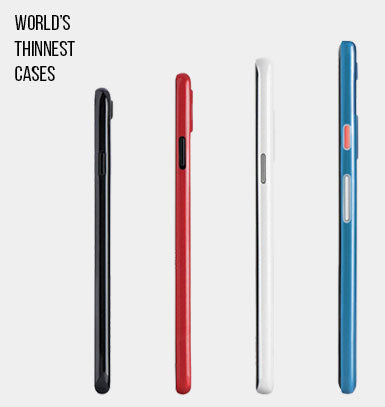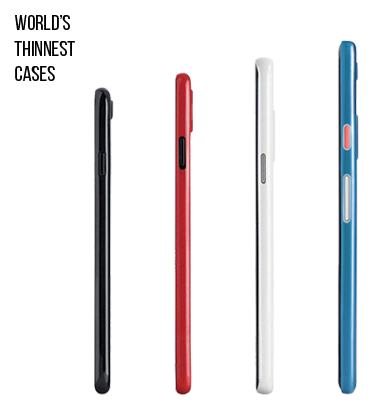Tempered Glass: Why Glass May Be The Best Screen Protection For You
If you’re like most people, you have spent a lot of time, money and effort selecting your smartphone, and you probably consider it an investment. It offers a high-tech touchscreen, has impressive apps, useful gadgets, and sports a sleek, cool appearance. Unfortunately, your smart device isn’t indestructible. While most smartphones and other high-tech devices feature [...]
If you’re like most people, you have spent a lot of time, money and effort selecting your smartphone, and you probably consider it an investment. It offers a high-tech touchscreen, has impressive apps, useful gadgets, and sports a sleek, cool appearance. Unfortunately, your smart device isn’t indestructible. While most smartphones and other high-tech devices feature a hard Gorilla Glass screen, it can be scratched by everyday contact with things like sand, keys, and even tabletops, or cracked from bumps or drops. Cracked screens aren’t just unattractive – in a recent study, 29 percent of smartphone users with cracked screens reported not being able to use certain keyboard letters, and 27 percent said they couldn’t use apps.
Why Do I Need Screen Protection?
Since even slight wear and tear on the surface of your phone's touchscreen can reduce the screen’s sensitivity to touch, it is important to protect it and ensure it stays in the best possible condition. Screen protectors are designed to protect your phone from common harmful factors such as dust, water, oily fingerprints, scratches, shock, bumps and falls. If damage does occur, it is easier to replace a screen protector than your device’s original screen. The two most common methods of protecting smartphones are by applying either a plastic or tempered glass screen protector.
What Are the Differences Between Plastic and Tempered Glass Screen Protectors?
Many people may not be familiar with the term “tempered glass”. Tempered glass is created by heating glass and cooling it quickly. Tempered glass reacts differently to impact than regular glass – instead of breaking into irregular, dangerously sharp shards, it breaks into more uniform, rounded glass pieces. Used for a variety of applications, including vehicle windows, not surprisingly, this has given the product the nickname “safety glass”.
Protection
Tempered glass is obviously stronger than plastic, but it is also up to five times stronger than un-tempered glass. Because plastic protectors generally have a 0.1mm thickness, and tempered glass protectors are typically from 0.3 – 0.5mm in thickness, this makes tempered glass screen protectors more impervious to scratching than plastic, as well as more protective of your device’s screen from impact damage such as cracking. Unlike plastic screen protectors, a tempered glass screen protector has multiple layer of protection that can include silicon, PET film, clear tempered glass and an oleophobic coating which repels fingerprints.
Installation
While there are a variety of different methods of installation recommended for plastic and tempered glass screen protectors, depending on the material and the device it is being applied to, there are some basic differences in their application. Some plastic screen protectors need to be cut to size, while tempered glass protectors are custom-sized for each device model. With either application, you need to start with an absolutely clean touchscreen.
For a tempered glass protector application you will need to remove the protective layer from the adhesive side of the protector, align the glass protector carefully and place on the phone’s face, then use gentle pressure from the middle outward to remove any bubbles.
Alternately, the application of a plastic screen protector generally involves precise edge placement while slowly removing the adhesive side, or the use of flexing or arching the protector or the application of masking tape to help with placement, then the use of a squeegee or credit card to remove air bubbles. This can be difficult with display screens like the iPhone 6, which is curved on the edges. If the plastic screen protector is off-center, it will overlap the curved edge, allowing dust to get underneath the screen and lessen the screen protector’s effectiveness.
Look and Feel
Oftentimes, adding a plastic screen protector to a device with Gorilla Glass changes the smoothness of the surface, causing drag and affecting the ease of use, while tempered glass protectors with an oleophobic coating feel more like the original screen, and make scrolling and finger-gliding easier. The coating also resists fingerprints and smudges, and makes the surface easier to clean, unlike plastic protectors. Additionally, tempered glass protectors, unlike plastic, are crystal-clear, allowing for maximum screen visibility and brightness.
To ensure your smartphone (and all your other devices and gadgets), is properly protected, check out Ultimate Shield’s quality screen protectors, with free shipping, and a 100% satisfaction guarantee.
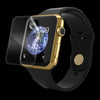 Apple Watch Series 1 / 2 / 3 Invisible Film Screen Protector
Apple Watch Series 1 / 2 / 3 Invisible Film Screen Protector 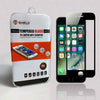 Apple iPhone 7/8/SE (Black) Tempered Glass Screen Protector
Apple iPhone 7/8/SE (Black) Tempered Glass Screen Protector 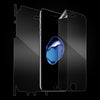 Apple iPhone 7/8/SE Invisible Film Screen Protector
Apple iPhone 7/8/SE Invisible Film Screen Protector 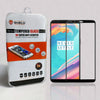 OnePlus 5T Tempered Glass Screen Protector (Black)
OnePlus 5T Tempered Glass Screen Protector (Black) 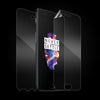 OnePlus 5 Invisible Film Screen Protector
OnePlus 5 Invisible Film Screen Protector 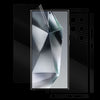 Samsung Galaxy S24 Ultra Invisible Film Screen Protector
Samsung Galaxy S24 Ultra Invisible Film Screen Protector 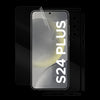 Samsung Galaxy S24 Plus Invisible Film Screen Protector
Samsung Galaxy S24 Plus Invisible Film Screen Protector 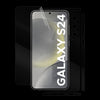 Samsung Galaxy S24 Invisible Film Screen Protector
Samsung Galaxy S24 Invisible Film Screen Protector 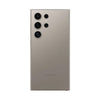 Ultimate Thin Case for Samsung Galaxy S24 Ultra
Ultimate Thin Case for Samsung Galaxy S24 Ultra 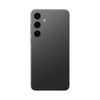 Ultimate Thin Case for Samsung Galaxy S24 Plus
Ultimate Thin Case for Samsung Galaxy S24 Plus 